
|
These macaws are the first animal encountered as you enter the zoo.
|
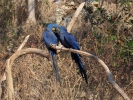
|
Hyacinth Macaw
|
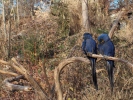
|
Hyacinth Macaw
|
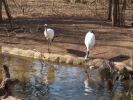
|
Siberian Cranes
|
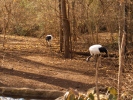
|
Siberian Cranes
|
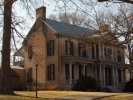
|
The zoo is on the grounds of an old house, Grassmere, that dates back to around 1810. The Italianate front porch
was added about 1870. The house is open to the public as a house museum during the summer, and the land immediately
around it is run as a historic farm, showing farm animals and equipment as it would have been circa 1900.
|

|
A closeup of the front porch of Grassmere.
|

|
The rear of the house, including the kitchen (small freestanding building, connected to the house via a walkway).
Such detached kitchens were typical of 19th-century Southern houses, because cooking had to be done over a wood-burning
or coal-burning stove, making the kitchen unpleasantly hot in the summer. Kitchens also caught fire readily, and having
the kitchen be separate from the house made it easier to put the fire out before the entire house burned down.
|
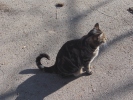
|
This friendly cat presumably is the Rodent Control Officer for the livestock barn. He followed me around for several
minutes once he found out that I liked cats.
|
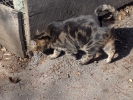
|
Friendly barn cat.
|
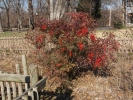
|
Colorful bush in the large kitchen garden behind Grassmere.
|
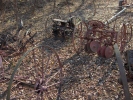
|
Old farm machinery.
|

|
Next comes a large compound, not fully completed, that simulates the African savannah. At present, the only animals
in this compound are the three African elephants.
|

|
More views of the elephants.
|

|
ornamental grasses in the African savannah exhibit.
|
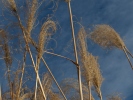
|
Closeup of ornamental grasses.
|
|
Gibbon in tree
|
MPEG of gibbon swinging in tree and hooting. (10.8 MB) These apes can be heard from more than a mile away.
|

|
Meercat on sentry duty
|
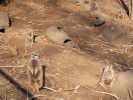
|
Meercat colony. The meercat area originally had grass planted in it,
but they dug up all of the grass in a matter of two or three weeks.
|

|
Another view of the meercats.
|
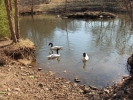
|
Geese (swans?) in a pond near the reptile house. Since there weren't any signs about these birds, they apparently
are local birds that selected the pond on their own.
|
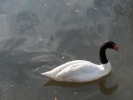
|
A closeup of one of the geese (swans?).
|

|
Elands (a type of antelope), zebras, and ostriches. The elands are eating what appears to be someone's leftover Christmas tree.
|
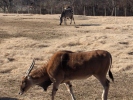
|
Eland and two zebras
|
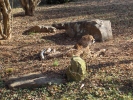
|
Cheetah
|
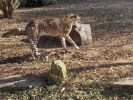
|
Cheetah
|
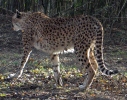
|
Cheetah
|
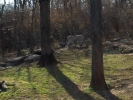
|
Bengal tiger (a black-and-white variety, rather than black-and-orange).
|
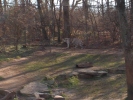
|
Bengal tiger
|

|
Rhinoceros hornbill
|
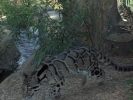
|
Clouded leopards
|

|
Clouded leopards
|
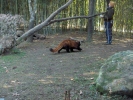
|
Red Panda
|
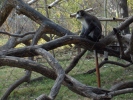
|
Schmidt's Guenon. Note the long orange tail.
|
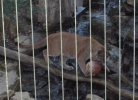
|
Cougar (also called mountain lion or puma), playing with a beach ball.
|

|
Another shot of the cougar playing with the beach ball.
|
|
Cougar in pond
|
MPEG of cougar wading in small pond to retrieve the beach ball. 20.6 MB. Judging from its
body language, the cougar didn't like getting wet any more than a domestic cat does, but its
desire to play with the beach ball was stronger than its dislike of being wet.
|

|
Golden eagle, eating a mouse.
|
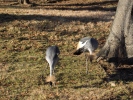
|
African Crowned Crane
|









































































